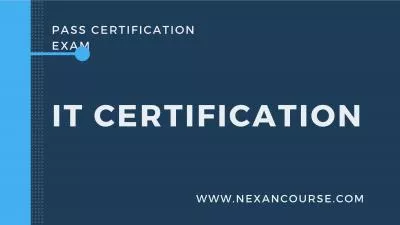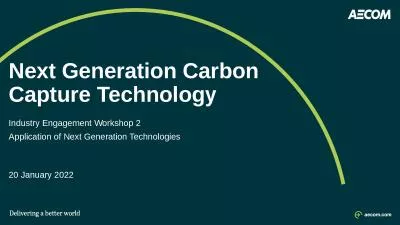PPT-Next-Generation ACCUPLACER
Author : debby-jeon | Published Date : 2017-05-07
Overview Keith Henry ACCUPLACER Outreach Current Suite of ACCUPLACER Tests Diagnostic Tests Reading Comprehension Sentence Skills Arithmetic Elementary Algebra ESL
Presentation Embed Code
Download Presentation
Download Presentation The PPT/PDF document "Next-Generation ACCUPLACER" is the property of its rightful owner. Permission is granted to download and print the materials on this website for personal, non-commercial use only, and to display it on your personal computer provided you do not modify the materials and that you retain all copyright notices contained in the materials. By downloading content from our website, you accept the terms of this agreement.
Next-Generation ACCUPLACER: Transcript
Download Rules Of Document
"Next-Generation ACCUPLACER"The content belongs to its owner. You may download and print it for personal use, without modification, and keep all copyright notices. By downloading, you agree to these terms.
Related Documents


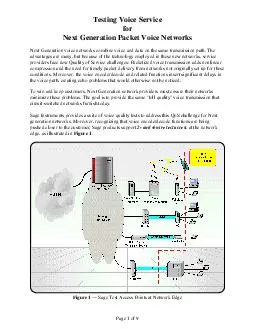



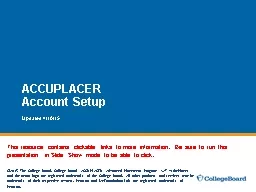

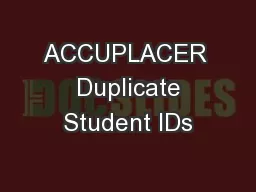
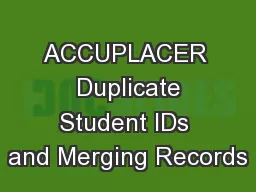

![[READ] - ACCUPLACER Study Guide 2016: ACCUPLACER Test Prep and Review Questions for the](https://thumbs.docslides.com/905527/read-accuplacer-study-guide-2016-accuplacer-test-prep-and-review-questions-for-the-accuplacer-exam.jpg)
![[DOWNLOAD] - ACCUPLACER Secrets Study Guide: Practice Questions and Test Review for the](https://thumbs.docslides.com/906814/download-accuplacer-secrets-study-guide-practice-questions-and-test-review-for-the-accuplacer-exam.jpg)
